
Herb-base fragrances involve the use of grassy incense from leaves or grass as the main theme. Often mixed with floral aromas, herb-base fragrance exudes a kind of aroma reminiscent of the green nature, which is the main characteristic of this fragrance.
Herb-base fragrances are divided into several major types: one similar to the aroma of grass or leaf; one similar to green apple;
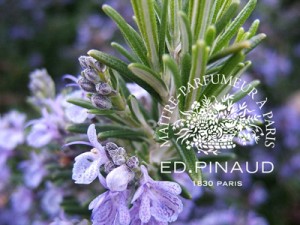
Rosemary
Rosemary is best grown in warm weather. Having leathery leaves, rosemary is rather resistant to lack of water, therefore it is best planted in well-drained sandy soil which promotes growth. Fresh or dried rosemary leaves can be used to make spices. In traditional Mediterranean cuisine, they often add rosemary leaves to enhance the flavour of the food. Rosemary leaves can also be used as raw material for making herbal tea. Rosemary scent can boost depressing moods, fight depression, and relieve emotional tension.
Country of origin: France
Extraction methods: Alcohol soaking
Extraction parts: Flowering top
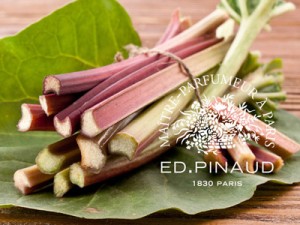
Rhubarb
Rhubarb often refers to rheum officinale, but in Europe and the Middle East, it tends to refer to several other varieties of rhubarbs. Although rhubarb has toxic leaves, they are medicinal (in China).
Country of origin: China
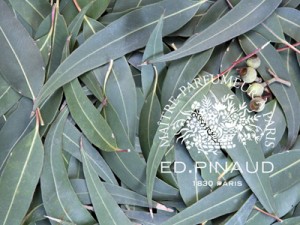
Eucalyptus
Eucalyptus leaves are the only source of food for Australia koala bears. Eucalyptus essential oil can be used for disinfection, sterilization, antivirals, chest pain relief, and expectorant. It can also be used to make muscle soreness ointment, or to ease the pain of insect bites with its anti-bug effect.
Country of origin: Australia
Extraction method: Steam Distillation
Extraction parts: Leaves
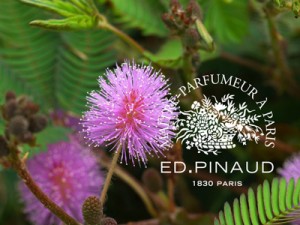
Mimosa
When stimulated (for example being touched), the leaf surface of mimosa will shrink up. They are more sensitive when the sunlight is weak. Under normal circumstances, the water in the leaf blades provides support to the leaves, but when subjected to external stimuli, the water inside the leaves immediately flows to somewhere else, so closing up the mimosa. Mimosa leaves contain a lot of beneficial active substances, including flavonoids, phenols, bioactive polysaccharides, amino acids, organic acids, and other trace elements.
Country of origin: Central and South America
Share :
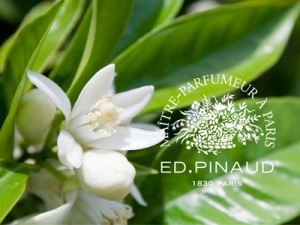
Petitgrain
Originated from the Mediterranean countries, it is called ‘sour orange tree’ in French. Legend has it bitter oranges were introduced by Arab traders into Europe in the 1200s. Later in the 17th century, they were widely used by Italian, Spanish and French botanists to make essential oils, one of which is called “petit grain” in French. The use of bitter orange dates back to ancient times – the ancient Greeks used it as bactericide in aromatherapy and as tranquilizer in plant therapy. In beauty, it has the characteristics of aroma and revitalisation.
Country of origin: France
Extraction method: Steam Distillation
Extraction parts: Leaves
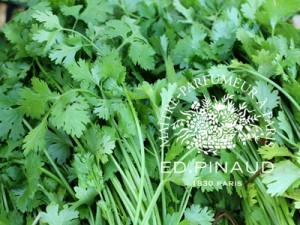
Coriander
Coriander (Apiaceae Coriandrum) is an annual or biennial herb. Originated from the Mediterranean regions, its leaves are often consumed as seasoning vegetables. In the 2nd to 3rd century BC, the Egyptians had coriander as offerings. Zhang Qian in China during the Han Dynasty introduced it into China; and into Japan in the 8th-12th century. Now it is widely planted in both northern and southern China. The amount of oil in its seeds is as high as 20% to 30%, which can be refined into aromatic oil.
Country of origin: China
Extraction method: Steam Distillation
Extraction parts: Whole plants
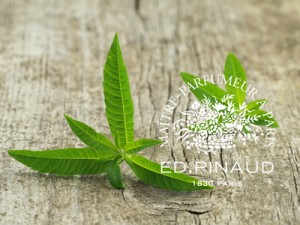
Verbena
Verbena has a citrus aroma, also known as lemon verbena. Verbena is a kind of small deciduous shrub grown in warm regions, about two metres tall. It has light-green slender wrinkled leaves with tubular purple flowers. The whole plant exudes the aroma of lemon and is also known as the ‘deodorant wood’. Native to South America, Chile and Peru, it was first introduced into Europe in the 17th century. The low-yield verbena is expensive, so traders often mix it with lemongrass (which smells similar), but you can still distinguish their differences if you smell them carefully. The scent of verbena is very delicate and elegant, and it is not easy to be counterfeited by chemical synthesis.
Country of origin: France
Extraction methods: Alcohol soaking
Extraction parts: Roots
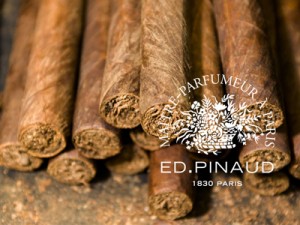
Tobacco
Dried leaves of tobacco can be used to make cigars, cigarettes, snuff, pipe tobacco, chewing tobacco and flavoured shisha. Tobacco can be further used for biological cultivation engineering, and as an ornamental plant. The chemical composition of tobacco can be used in some pesticides and drugs as well. Tobacco contains nicotine which is a neurotoxic alkaloid, especially fatal to insects, but it can stimulate the human nervous system to cause excitement. Long-term use will increase tolerance, and result in dependency.
Country of origin: America
Extraction method: Steam Distillation
Extraction parts: Nicotine in tobacco
